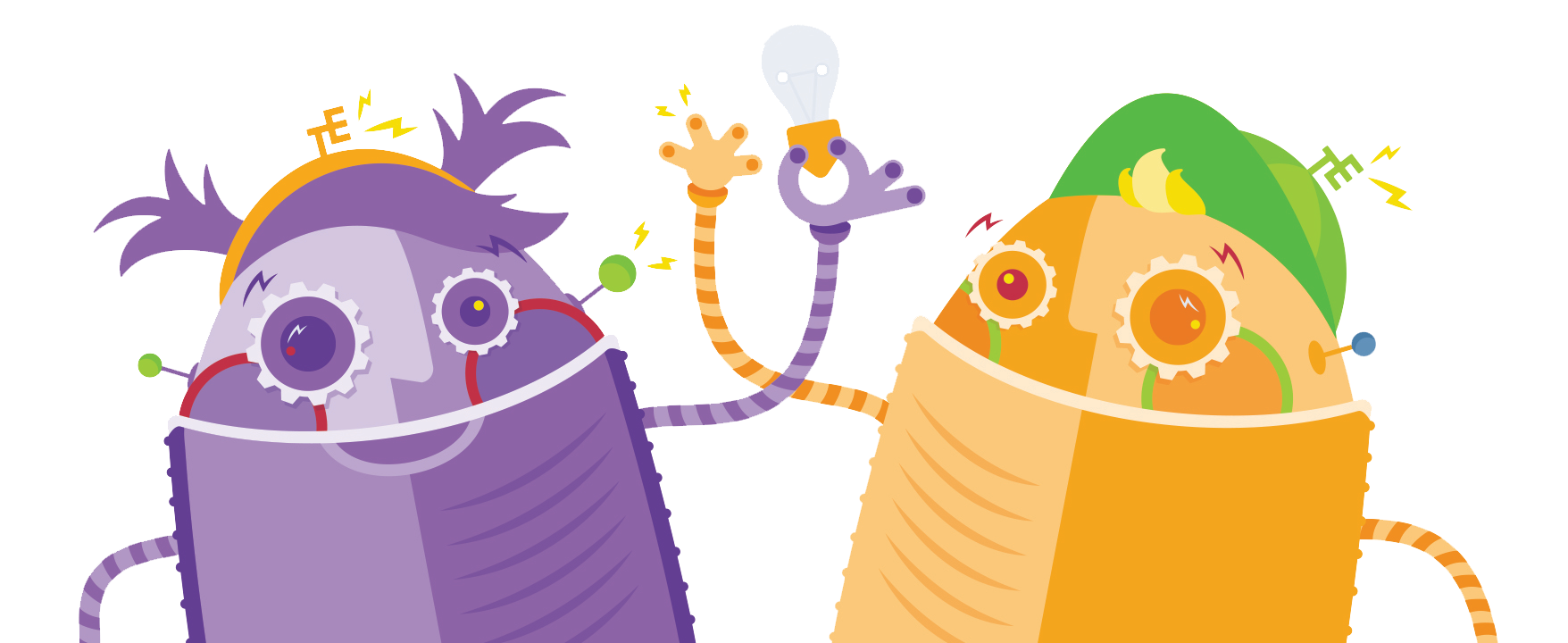Mixtures & Solutions
Engineers use their knowledge of mixtures and solutions to solve problems in industrial, commercial and environmental settings. They design ways to clean oil spills, create new medicine and provide clean drinking water.
Matter, any substance that takes up space and has volume, exists everywhere around us in the form of solids, liquids and gases.
When we combine two or more types of matter, we end up with mixtures and solutions. We interact with mixtures and solutions all the time in our everyday lives from the air we breathe, the food and drinks we consume and the surfaces we walk on.
- A mixture is made by physically combining any combination of solids, liquids or gases without changing the chemical composition of the individual matter components. They can be separated using mechanical, screening or filtering processes.
- A homogeneous mixture has the same uniform appearance and composition throughout its mass, like milk, blood or glue.
- A heterogeneous mixture consists of visibly different substances or phases. A heterogeneous mixture does not have a uniform composition throughout its mass. Heterogeneous mixtures include concrete, sand and even chocolate chip cookies!
- A solution is a unique type of homogeneous mixture where one of the substances dissolves in the other like salt or sugar dissolving in water.
Most engineering design problems involve the selection of materials to create a product, and these could include mixtures or solutions. It is important for scientists and engineers to study material properties in order to understand, and sometimes redesign, the structure of a given substance.
Environmental engineers use mixtures to learn how to separate oil from water in oil spills. Chemical and petroleum engineers employ separation steps based on the properties of mixtures and solutions when making gasoline from crude oil. Water resource engineers study mixtures and solutions in order to get sand, salt and chemicals out of water so it can be used for drinking and other purposes. And, biomedical engineers even use mixtures and solutions to develop new medicines.


Mixtures & Solutions Curricula

Mix up your student’s day with the resources featured here, by grade band, to help them make sense of the chemical phenomena associated with mixtures and solutions in engineering!
Grades K-2
- Coming Soon!
Grades 3-5
- Messin' with MixturesMessin' with Mixtures

In this activity, students investigate the properties of a heterogeneous mixture, trail mix, as if it were a contaminated soil sample near a construction site. This activity shows students that heterogeneous mixtures can be separated by physical means, and that when separated, all the parts will equ...
- Properties of Mixtures vs. Solutions: Mix It Up!Properties of Mixtures vs. Solutions: Mix It Up!

This lesson plan introduces students to the properties of mixtures and solutions. It includes teacher instructions for a class demonstration that gives students the chance to compare and contrast the physical characteristics of some simple mixtures and solutions.
- Obi-Wan Adobe: Engineering for StrengthObi-Wan Adobe: Engineering for Strength

Students conduct an experiment to determine how varying the composition of a construction material affects its strength. They make several adobe bricks with differing percentages of sand, soil, fibrous material and water.
- Go with the FlowGo with the Flow

Students gain an understanding of the difference between electrical conductors and insulators, and experience recognizing a conductor by its material properties. In a hands-on activity, students build a conductivity tester to determine whether different objects are conductors or insulators.
- Acid Rain EffectsAcid Rain Effects

Students conduct a simple experiment to model and explore the harmful effects of acid rain (vinegar) on living (green leaf and eggshell) and non-living (paper clip) objects.
- See More
Grades 6-8
- Alloy AdvantageAlloy Advantage

Students define and classify alloys as mixtures, while comparing and contrasting the properties of alloys to those of pure substances. Students learn that engineers investigate the structures and properties of alloys for biomedical and transportation applications.
- Edible Algae Models Edible Algae Models

Students make edible models of algal cells as a way to tangibly understand the parts of algae that are used to make biofuels. The molecular gastronomy techniques used in this activity blend chemistry, biology and food for a memorable student experience.
- What's Hiding in the Air?What's Hiding in the Air?

Students develop an understanding of the effects of invisible air pollutants with a rubber band and hanger air test and a bean plant experiment. They also learn about methods of reducing invisible air pollutants.
- Chromatography LabChromatography Lab

To increase students' awareness of possible invisible pollutants in drinking water sources, students perform an exciting lab requiring them to think about how solutions and mixtures exist even in unsuspecting places such as ink. They use alcohol and chromatography paper to separate the components of...
- Viscosity: The Flow of MilkViscosity: The Flow of Milk

Students study the physical properties of different fluids and investigate the relationship between the viscosities of liquid and how fast they flow through a confined area. Student groups conduct a brief experiment in which they quantify the flow rate to understand how it relates to a fluid's visco...
- See More
Grades 9-12
- Separating MixturesSeparating Mixtures

Students learn how to classify materials as mixtures, elements or compounds and identify the properties of each type. The concept of separation of mixtures is also introduced since nearly every element or compound is found naturally in an impure state such as a mixture of two or more substances, and...
- Element, Mixture, CompoundElement, Mixture, Compound

Students gain a better understanding of the different types of materials as pure substances and mixtures and learn to distinguish between homogeneous and heterogeneous mixtures by discussing an assortment of example materials they use and encounter in their daily lives.
- Mixture Dualism of BloodMixture Dualism of Blood

Students learn about the separation techniques of sedimentation and centrifugation and investigate whether blood is a homogeneous or a heterogeneous mixture. Working in groups as if they are biomedical researchers, they employ the scientific method and make observations about the known characteristi...
- Eat Iron?!Eat Iron?!

To gain an understanding of mixtures and the concept of separation of mixtures, students use strong magnets to find the element of iron in iron-fortified breakfast cereal flakes. Through this activity, they see how the iron component of this heterogeneous mixture (cereal) retains its properties and ...
- Bridging to Polymers: Thermoset LabBridging to Polymers: Thermoset Lab

Students act as engineers to learn about the strengths of various epoxy-amine mixtures and observe the unique characteristics of different mixtures of epoxies and hardeners. Student groups make and optimize thermosets by combining two chemicals in exacting ratios to fabricate the strongest and/or mo...
- See More











































